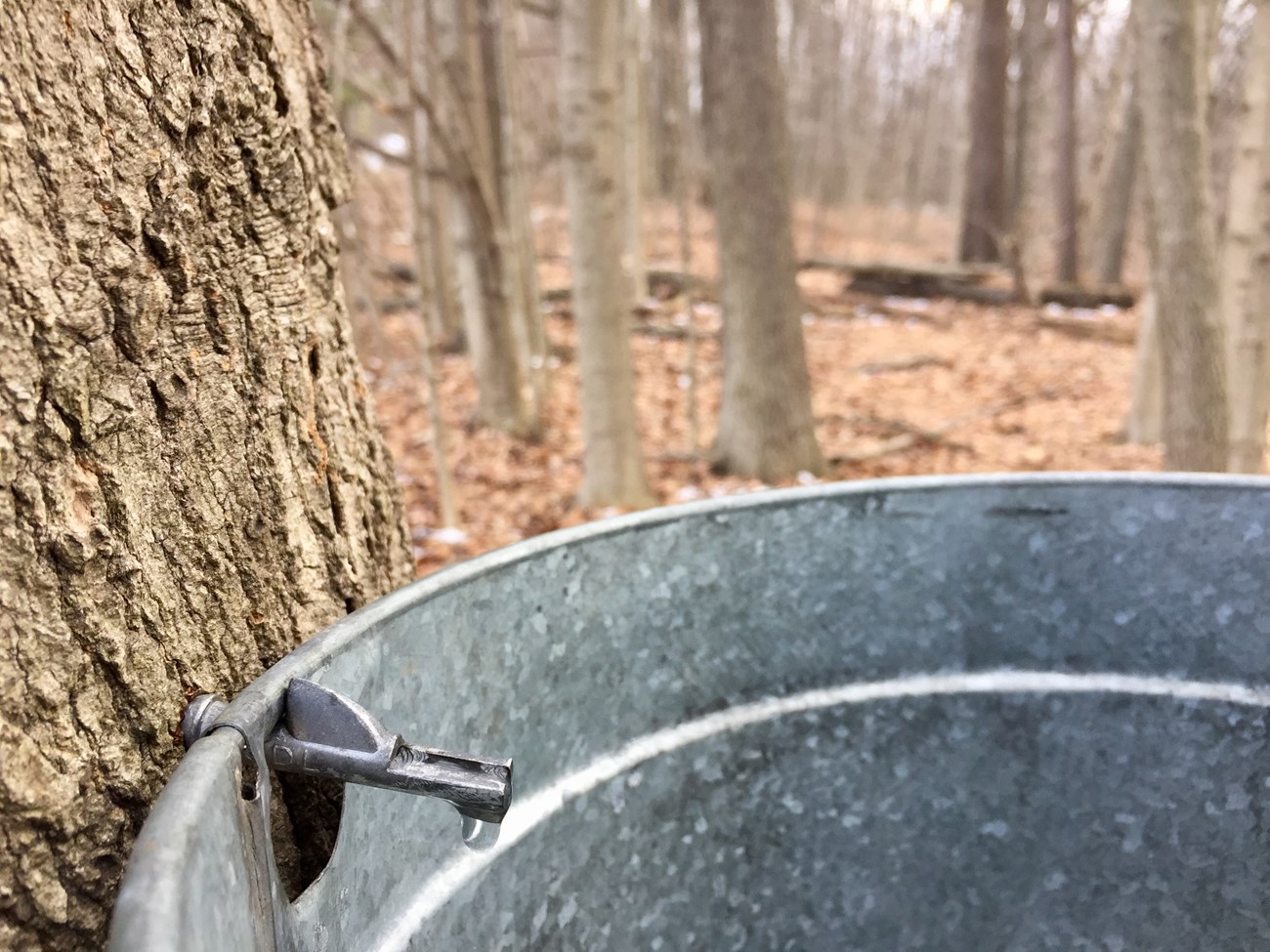
Intended Age: Grades 4-6 By Lynda Lancaster April 9, 2020
Objectives--Students will be able to:
Background and Science behind maple trees and maple syrup:
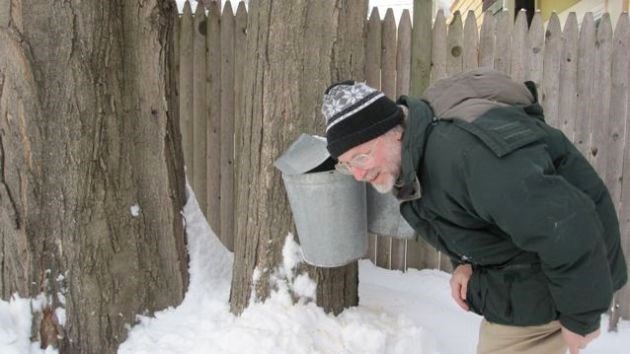
Now the sugar they stored in the roots is once again traveling through the xylem and phloem to get to the leaves to give them the burst of energy they need to open and get started making sugar for the tree again. But WAIT! One of the sweetest things about living in Indiana is that some of the sweetest sap is in our Maple Sugar trees. If you know how to do it, you can collect some of that sap and turn it into maple syrup!
A few things you need to know:
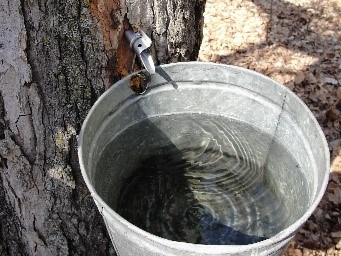
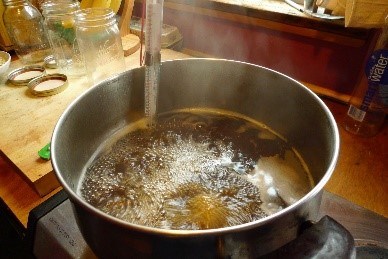
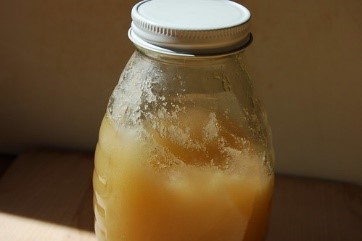
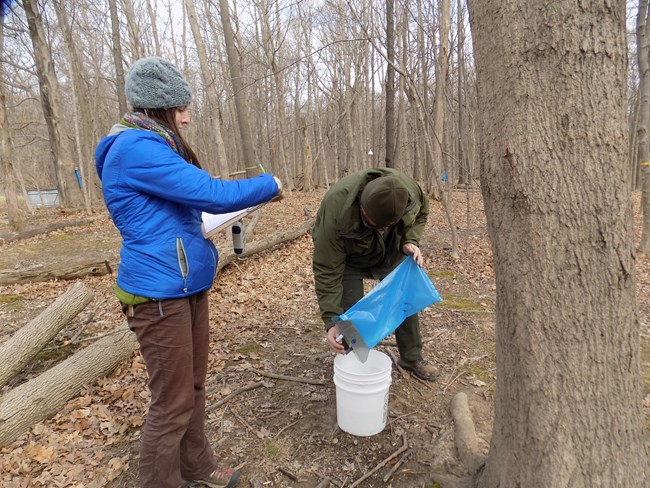
A sugarbush is an area of land with sugar maple trees which are tapped to make maple syrup or maple sugar. Dr. Rapp and the ACERnet team are utilizing data from sugarbushes in Quebec, New Hampshire, Massachusetts, Virginia, and Indiana in their project. They look at the amount of sugar in the sap, the amount of sap collected from each tap, and the secondary chemistry (non-sugar compounds) and compare these data with weather data from each location. Volunteer citizen scientists at Indiana Dunes National Lakeshore have been collecting data for Dr. Rapp for the past four years. At the beginning of each season, they tap 24 trees, and hang bags from spiles inserted into each tap to collect the sap. Each afternoon during the season (roughly the beginning of February through mid to late March), if enough sap is flowing they weigh the sap that was collected from each tap. They also determine the sugar concentration of the sap that flows from each spile using a tool called a refractometer. The refractometer measures the amount of sugar in Brix (basically the percentage of sugar in the sap). In addition to that data, they also record the date, the time, and the amount of snow cover. At the end of the season, it is all sent to Dr. Rapp. Prior to 2020, they also collected small vials of sap to send to the lab for secondary chemistry analysis. This year there was not enough funding to have the samples from Indiana Dunes analyzed. The volunteers really enjoy meeting in the sugarbush. It’s just fun to be outside in the woods, to realize you’re helping produce maple syrup, and you’re helping scientists answer important research questions! 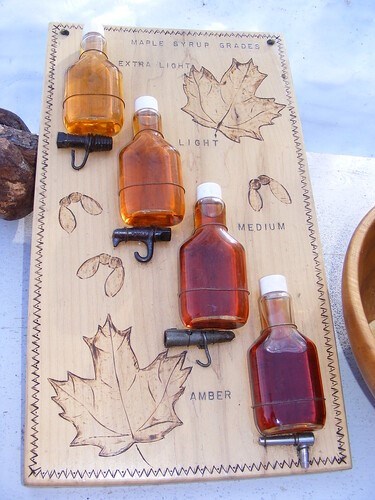
Statistics: Sap= % sugar as it comes out of the tree Syrup= 67% sugar per gallon Maple Sugar= 67% sugar heated to 252 degrees F. A gallon of sap weights 8.34 lbs A gallon of syrup weighs 11 lbs Conversions: 1 kg=.2642 gallons of water Jones Rule of 86: For this formula, do not convert % to decimals. 86/% sap Sugar Content= Number of gallons of sap for 1 gallon of syrup *At 2.2% it takes about 40 gallons of sap to make one gallon of syrup This is the data collected for the research project at the park this spring. We will use this data for this project.
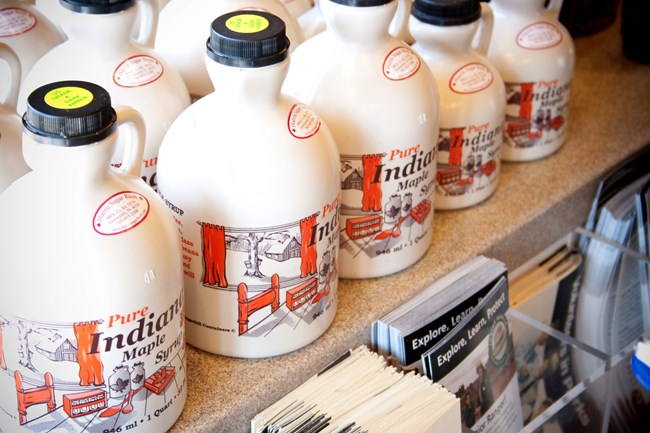
Scientists measure the amount of sap, or volume of sap, in kilograms, but when was the last time you bought a kilogram of syrup? Convert the sap to gallons using a multiplier of .2642. Round your answers to two decimal points
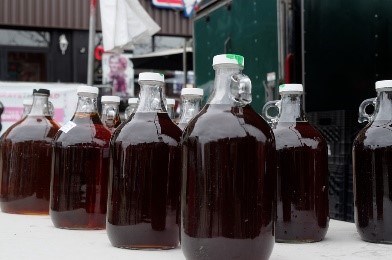
The Jones Rule of 86 is a mathematical way to determine how much sap you will need per gallon of syrup. The Jones rule uses the percentage of sugar in the sap. That percentage of sugar in the sap varies by tree and by region and scientists use a variety of tools to measure the percentage of sugar in the sap. Using the Jones Rule of 86 determine how many gallons of sap you will need to get one gallon of syrup. For example when the sap is 2.2% sugar, it will take about 40 gallons of sap for one gallon of syrup. 86/ % sugar sap= gallons of sap to get one gallon of syrup (note, when you divide, do not convert the % to decimals) 86/2.2%=39.095
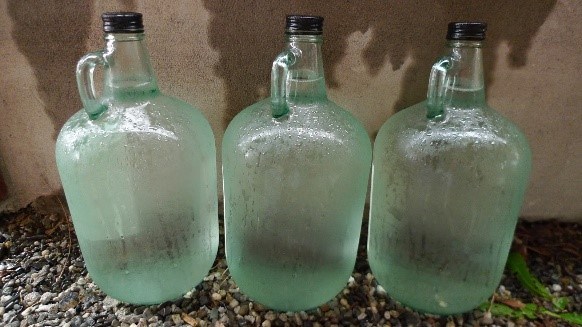
Show your work: 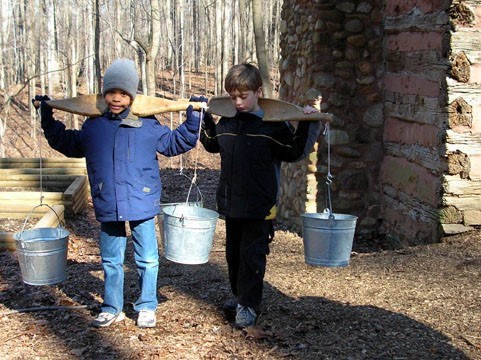
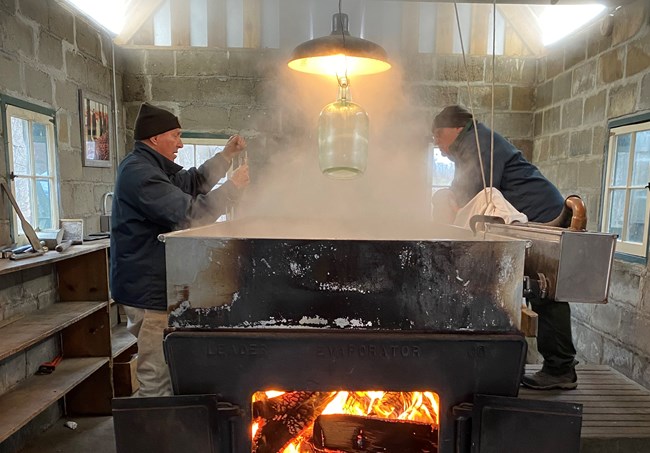
When I looked at the data, I noticed: I could find out if my hypothesis is true by: 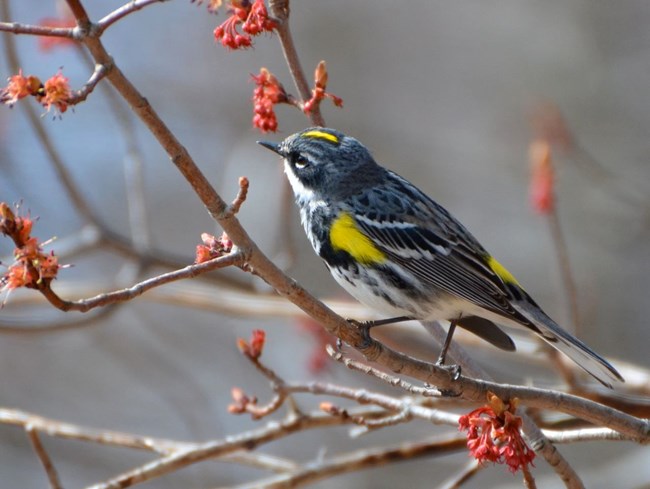
Please contact Ranger Kim Swift for the answers or the file version of the activity. Indiana Math Standards covered in this program. ALGEBRAIC THINKING 5.AT.5: Solve real-world problems involving addition, subtraction, multiplication, and division with decimals to hundredths, including problems that involve money in decimal notation (e.g. by using equations to represent the problem). 5.AT.6: Graph points with whole number coordinates on a coordinate plane. Explain how the coordinates relate the point as the distance from the origin on each axis, with the convention that the names of the two axes and the coordinates correspond (e.g., x-axis and x-coordinate, y-axis and y-coordinate). 5.AT.7: Represent real-world problems and equations by graphing ordered pairs in the first quadrant of the coordinate plane, and interpret coordinate values of points in the context of the situation. 5.AT.8: Define and use up to two variables to write linear expressions that arise from real-world problems, and evaluate them for given values MEASUREMENT 5.M.1: Convert among different-sized standard measurement units within a given measurement system, and use these conversions in solving multi-step real-world problems. DATA ANALYSIS (DATA ANALYSIS AND STATISTICS FOR GRADE 5) 5.DS.1: Formulate questions that can be addressed with data and make predictions about the data. Use observations, surveys, and experiments to collect, represent, and interpret the data using tables (including frequency tables), line plots, bar graphs, and line graphs. Recognize the differences in representing categorical and numerical data. |
Last updated: April 30, 2020
